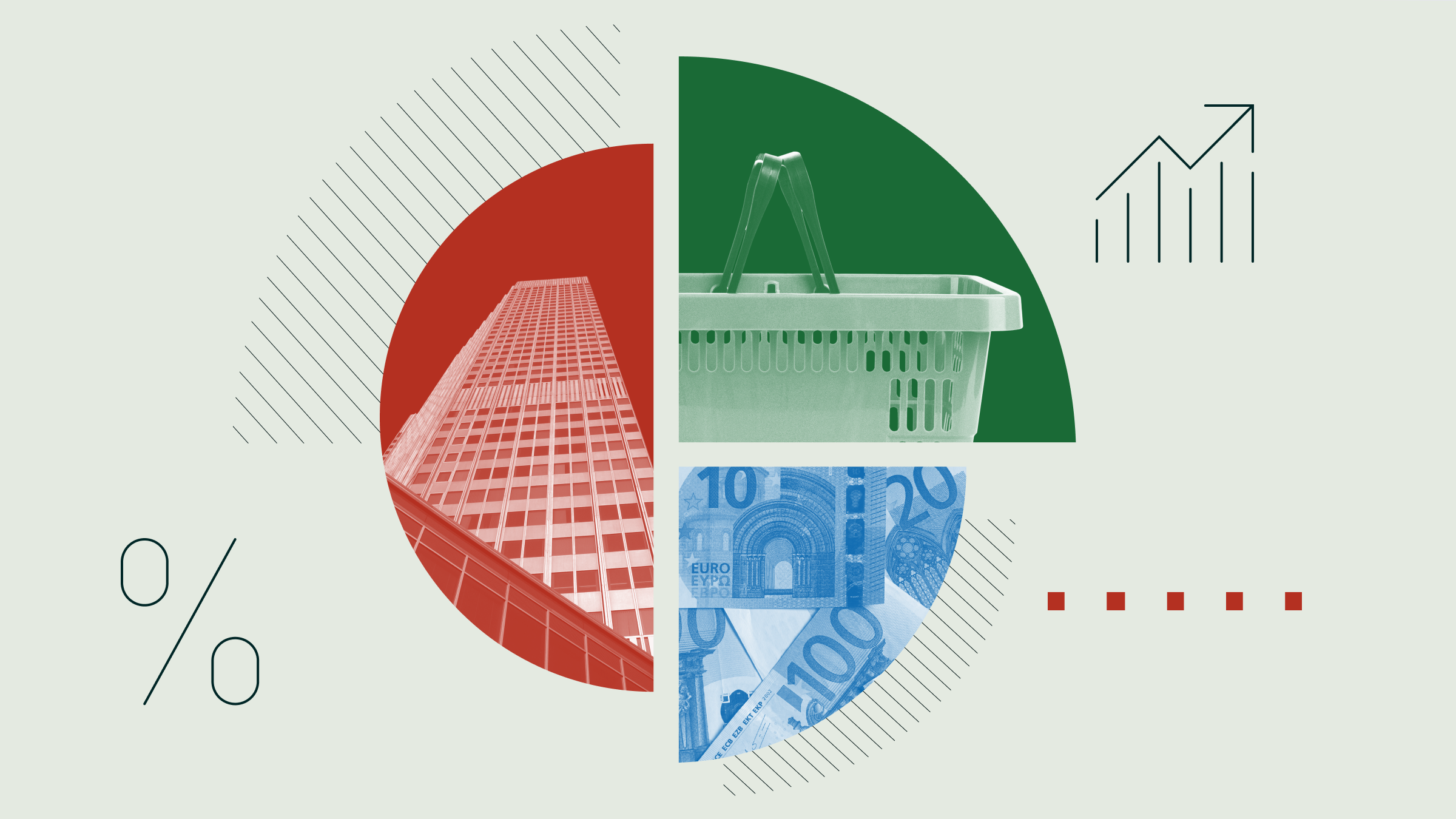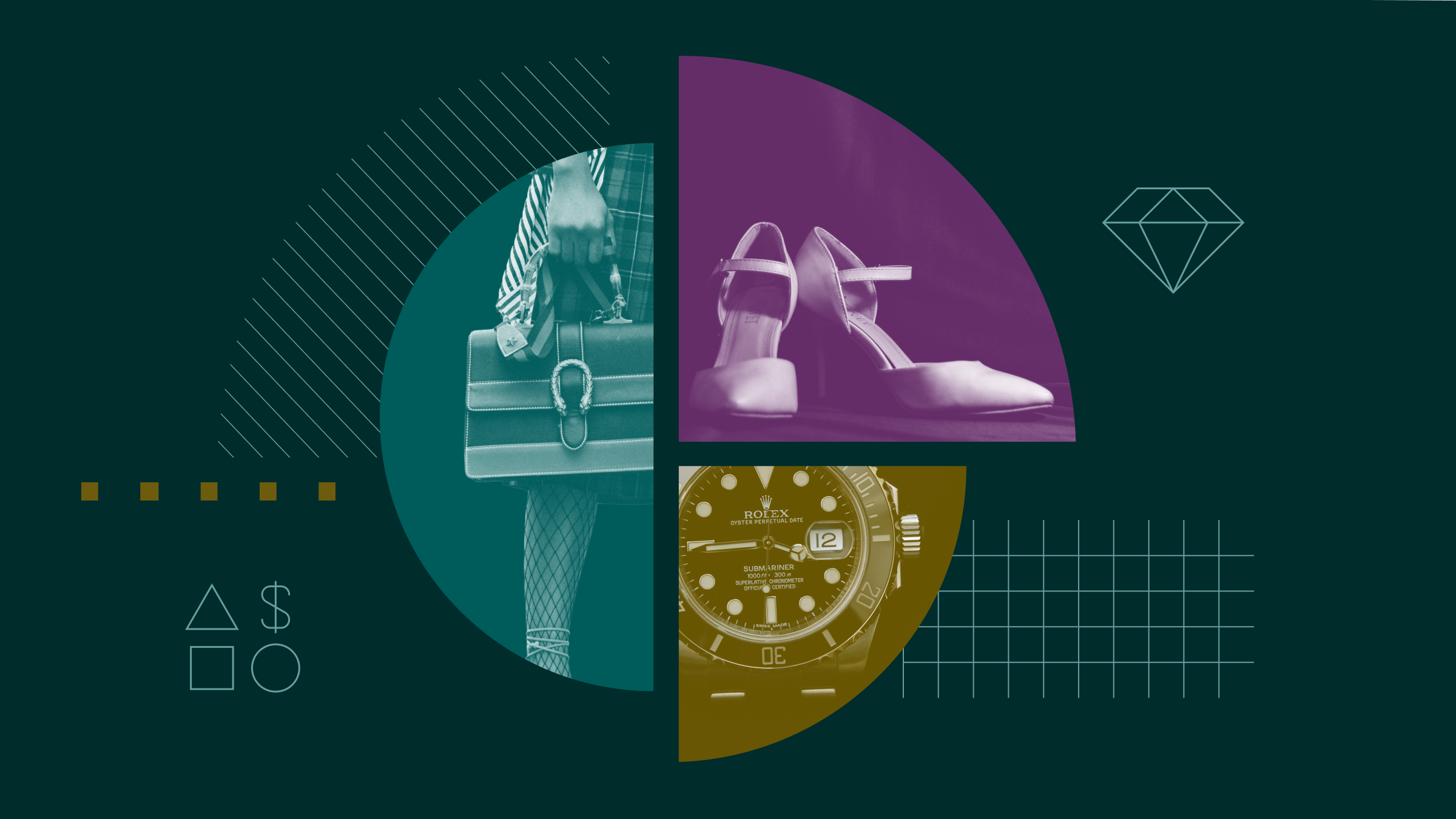Emma Wall: Hello and welcome to the Morningstar series, "Ask the Expert." I'm Emma Wall and I'm joined today by Chris Traulsen, Head of Research for Morningstar.
Hi, Chris.
Christopher Traulsen: Hi, Emma.
Wall: So, we're here today to talk about Gold funds. This is the highest accolade that our analysts award a fund open or closed-end, passive or active. But we just wanted to talk today about the fact that Gold doesn't necessarily mean buy, does it?
Traulsen: No. So, when our analysts rate funds what they are looking for is managers they think on a going-forward basis can deliver sustainable, repeatable outperformance for investors. That's very different from looking backwards at what they have done in the past. So, now, you might say to yourself, well, that's all very well. Gold is the highest conviction rating.
Those are the managers we have the most belief can outperform in the future. Silver is next. Bronze is next and below that we don't have conviction and we think they will actually underperform in the way of negative, for example, or neutral.
But the issue is that we're not making an asset class call, number one. So, a Gold-rated fund will be rated Gold because we think the manager can deliver within the context of their asset class in a specific category or sector within that asset class. So, just because we rate a U.K. small cap fund Gold, it by no-means means we think it's a good time to buy a U.K. small cap, for example. I think that's an area of confusion for some people.
I think the other thing people need to pay attention to is that different Gold-rated funds even within the same category or asset class might have very different characteristics and the same with any of our positive ratings. So, if you look at a pair of Silver-rated funds, for example, First State Global Emerging Markets versus Lazard Emerging Markets, they show very different characteristics. Lazard tends to have more in areas like technology, for example. First State almost never goes there because they are looking for sustainable growth. So, if you already have the technology-heavy portfolio that might not be – the Lazard fund might double down that bet and not be a great fit for you.
Wall: Let's take that first point then talking about asset allocation and having conviction in an asset class or sector before you make an investment decision. Just to repeat what you said, for example, using Evy Hambro's BlackRock Gold & General Fund, that we're not saying by giving Evy Hambro a Gold Rating that we believe that commodities will outperform say U.K. equity income, but we are saying within that space that manager is fantastic at doing what he does. It's up to the private investor or indeed their advisor, if they use one, to make those asset allocation decisions?
Traulsen: That's absolutely right and that's why you pay for a financial advisor you educate yourself because asset allocation is a huge part of what will determine your future returns, then fund selection in that comes next. So, what you don't want to do is, say, I'll have eight of the Golds that Morningstar rates and just stick them together because you'll end up with results that I think are likely to be disappointing if you do that.
Wall: Because blending is everything. And indeed, the proportion to which you allocate is everything as well. Our analysts do help a little bit here. We have on the fund – we do signify whether we think this is best for a core holding within a portfolio or indeed if it's best for satellite holding within a portfolio. So, again, just because something has a Gold Rating doesn't mean you should put 30% of your portfolio in it. The blend is everything.
Traulsen: That's right and it depends on each investor's situation. We do give general guidelines for what we think an appropriate role is in a portfolio would be. It could be anything from core to supporting to sort of a niche or a fringe player within a portfolio. Most sector funds, for example, would show up as niche or fringe players, somethings that's highly volatile might show up that way.
But when you combine different asset classes they take on different characteristics. So it is all about building the portfolio, understanding what the correlations are between the different asset classes you have in there and paying attention to that as you weight the funds within the portfolio.
Wall: So, educate yourself on macro, markets, asset allocation, and when you're ready to make fund decisions, we're here to help?
Traulsen: That's right.
Wall: Chris, thank you very much.
Traulsen: Thank you, Emma.
Wall: This is Emma Wall for Morningstar. Thank you for watching.





















